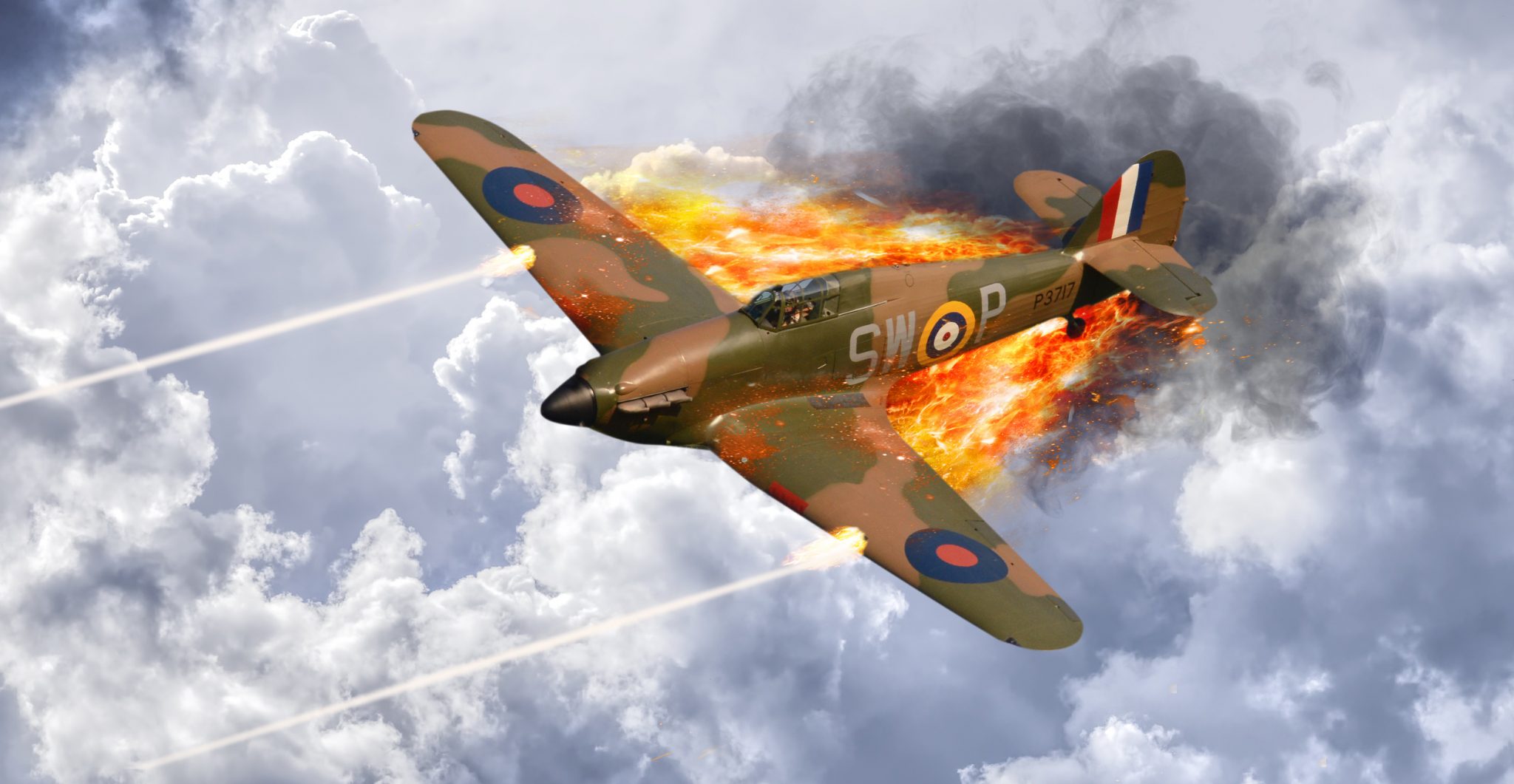His first experience of battle in the skies almost turned out to be his last.
Britain’s Royal Air Force Fighter Command (the RAF Fighter Command), which served throughout the Second World War, earned itself a reputation for great bravery and valor. But it was especially respected for the skill and bravery of its pilots during the Battle of Britain in 1940, in which the RAF successfully defended British airspace against a concentrated Luftwaffe attack.
Only one pilot of the RAF Fighter Command was awarded the Victoria Cross – Britain’s most prestigious military decoration for valor – during WWII. His name was Eric James Brindley Nicolson, and he was awarded his VC for an act of outstanding courage during the Battle of Britain.
Eric James Brindley Nicolson was born in London in 1917. After he graduated from school, he began to work as an engineer but did not end up staying in this profession for a particularly long time. Instead, he decided to join the Royal Air Force, which he entered in 1936.
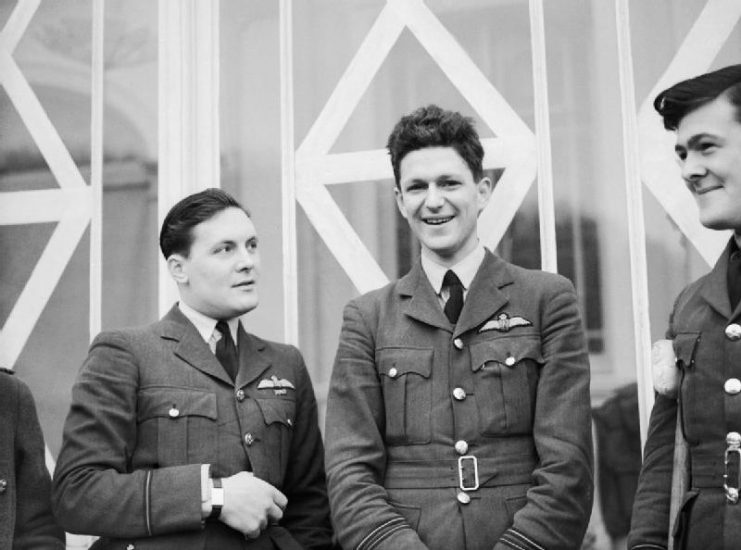
He completed his training and proved himself to be a competent pilot. He was assigned to No. 72 Squadron in 1937. He stayed with this squadron for a few years, but in 1940 he ended up being transferred to No. 249 Squadron. He would stay with No. 249 Squadron until 1942 when he was posted to India.
His first experience of battle in the skies almost turned out to be his last.
Like so many other pilots of the RAF Fighter Command, his first engagement with the Luftwaffe would be during the Battle of Britain in 1940. Nicolson’s participation in the battle took place on the 16th August 1940, over Southampton in the south west of England.
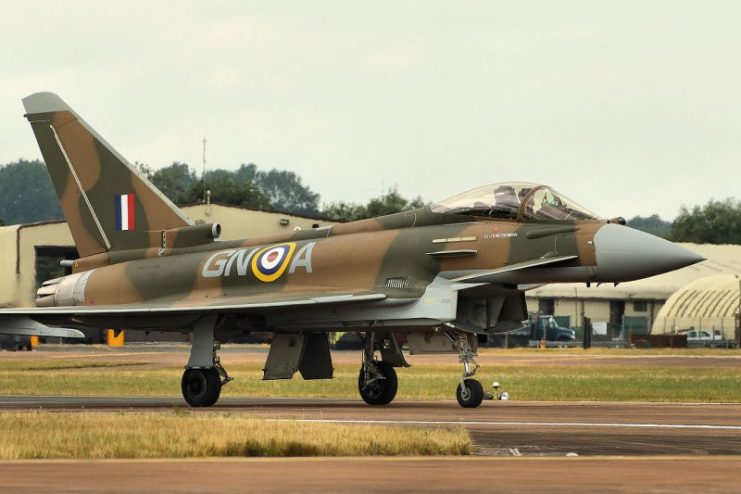
Nicolson, a flight lieutenant at the time, was leading a squadron of Hawker Hurricanes against a group of Luftwaffe Messerschmitt Bf 110 fighter-bombers.
The engagement took place in the morning and was witnessed by a number of people on the ground. This was a factor of some significance when it came to awarding Nicolson the Victoria Cross.
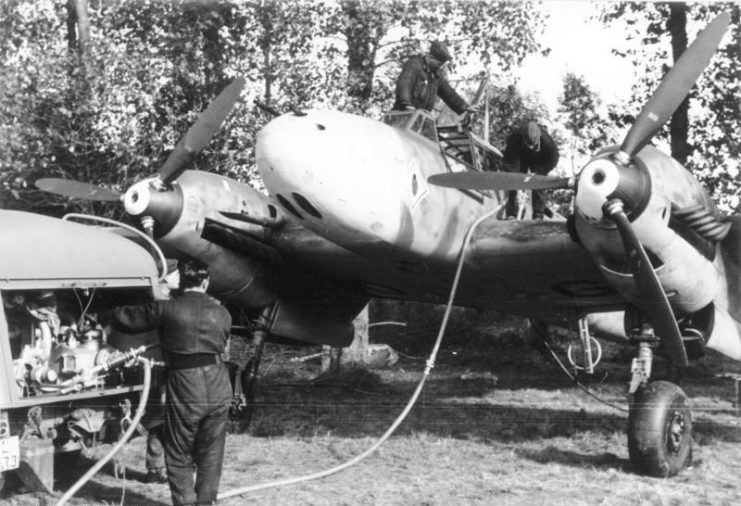
The reason there were so few Victoria Crosses awarded to the RAF Fighter Command during WWII, despite the fact that so many of their pilots displayed extraordinary courage, was because these acts of bravery often took place without witnesses. Consequently, the VC could not be awarded.
But Nicolson’s act of gallantry was witnessed, and the witnesses turned out to be almost as deadly to him as the Messerschmitt.
https://youtu.be/CLc_b9wk4kk
Nicolson’s Hurricane was hit by four cannon shells in rapid succession from one of the Messerschmitts. The first of the shells ripped through the cockpit and sent splinters flying into Nicolson’s face. One of them almost ripped his eyelid off and effectively blinded him in that eye from the amount of blood.
The next shell hit his spare fuel tank and set the fuel alight, starting a fire that quickly spread throughout the plane. The third shell smashed into the cockpit as well and came so close to directly hitting Nicolson that it ripped one leg of his pants off.
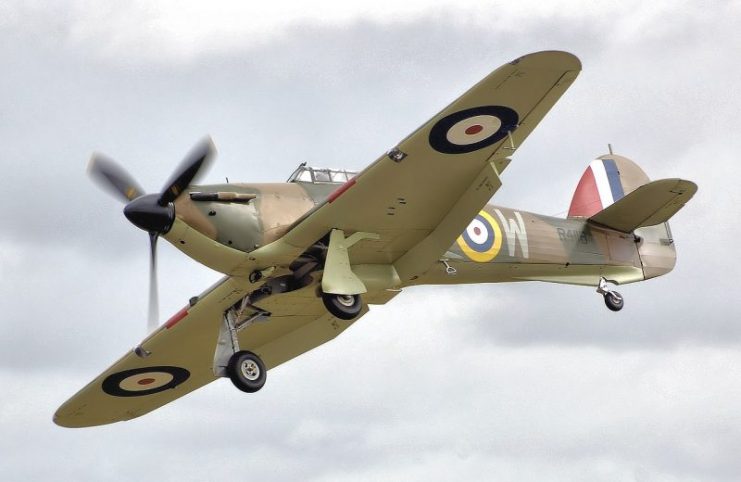
The final shell also hit the cockpit and exploded under his left shoe. The heel of the shoe absorbed some of the impacts, but the shell still ended up causing significant damage to his foot.
With his plane effectively destroyed and the flames quickly spreading to the cockpit, Nicolson knew that he had no option but to bail out. However, as he was about to jump, a Messerschmitt passed under him, in range of his gun sights.
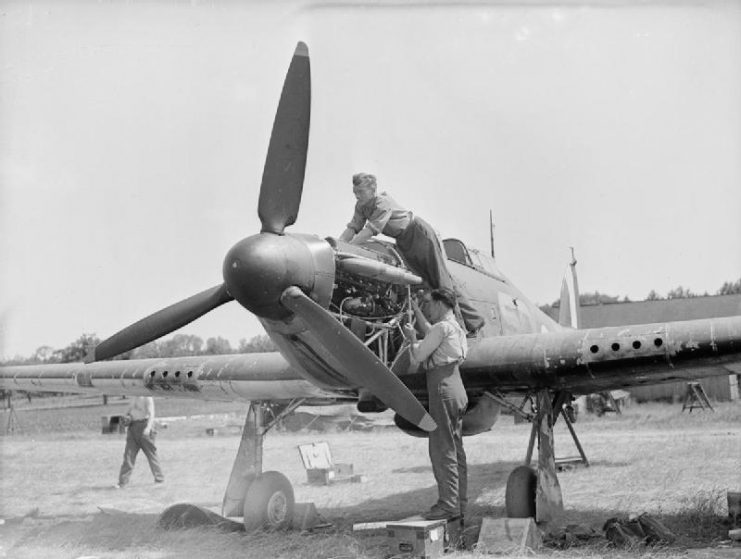
Even though the flames were now licking at the cockpit, Nicolson decided to stay at the helm until he had taken the German plane out.He started firing on the Messerschmitt, and a deadly game of cat and mouse ensued, with the Luftwaffe plane ducking and diving to try and avoid Nicolson’s withering barrage.
The fire, meanwhile, was now raging inside the cockpit, and Nicolson started to suffer some pretty severe burns – but still he kept chasing the Luftwaffe plane. Only when he saw it going down in smoke did he finally bail out of his burning plane.
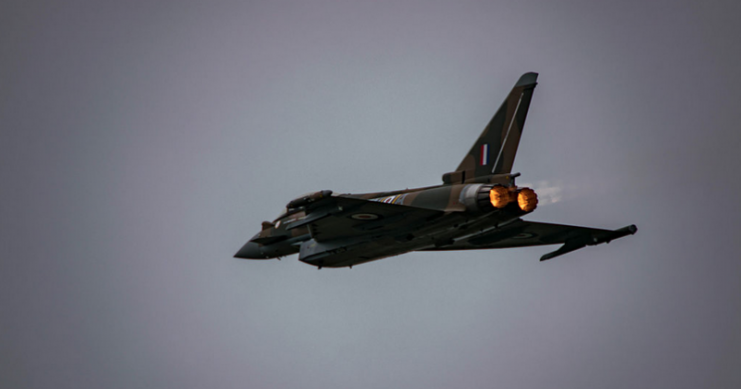
While parachuting down to the ground, though, he would end up suffering yet another wound – this one from his own countrymen. A group of Local Defence Volunteer militiamen were on the ground and had seen the Messerschmitt go down in flames. They thought the pilot parachuting toward British soil was the Luftwaffe man.
They opened fire, hitting Nicolson in his buttocks before another soldier on the ground – who had seen that the parachutist was, in fact, the pilot from the Hurricane – stopped them from firing any further.
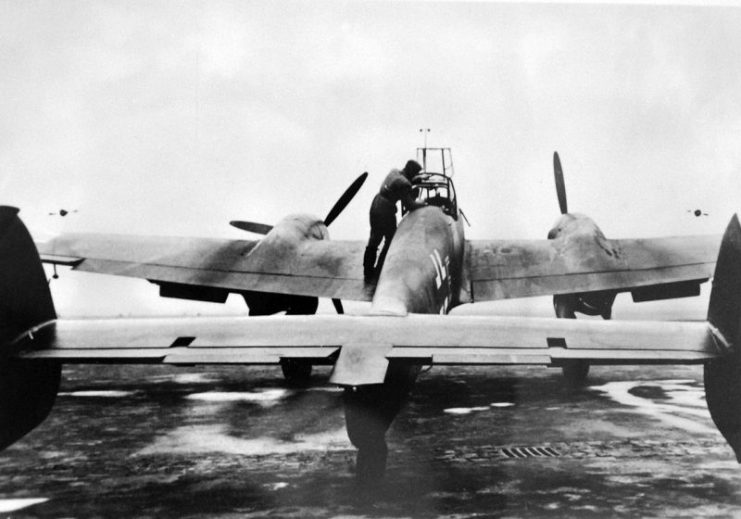
Despite the severity of the wounds Nicolson had suffered, after a stay in hospital he had fully recovered. Shortly after September 1941, he was back in the skies.
He was awarded the Victoria Cross in November 1940.
Read another story from us: 6 Hawker Fighter Planes that Took the RAF from Biplanes to Jets
In 1942, he was posted to India and promoted to Wing Commander. He commanded a squadron of Bristol Beaufighters in Burma and won a Distinguished Flying Cross for his actions in 1943 and 1944.
Unfortunately, he crashed into the ocean in the Bay of Bengal in 1945 and passed away. While his body was never recovered, the memory of his brave deeds during the war lives on.
